Early Christian Decision-Making: Wasn't Everybody Just Bowing to Kings Back Then?
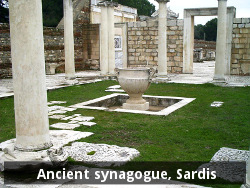
“A democracy, Mr. Cromwell, was a Greek drollery based on the foolish notion that there are extraordinary possibilities in very ordinary people.” King Charles II of England, if he indeed said these words, believed what a good many educated people still hold to: that the Greek democracy was a brilliant, fleeting light in the panorama of history.
Classical scholars and professors of ancient history will tell you otherwise. When Alexander the Great set out to conquer the world in 334 B.C., Greek democracy was already over 200 years old. He took the idea with him in his heart and planted it everywhere. In prophetic vision, the prophet Daniel saw Alexander as a male goat speeding across the earth so fast that his feet seemed not to touch the ground. In ten years he conquered everything in the Near East from Asia Minor all the way to the Indus River. The Orientals were so amazed at Alexander’s success that the upper classes wanted above all to become Greeks. Their wish and its fulfillment persisted for centuries. When you read the term “Greeks” in the New Testament, that is the usual meaning: Orientals who had adopted the Greek way of life.
The Jews became as Hellenized as any other nation in the Near East. Even after the Maccabean Revolt, the Jews were a thoroughly Hellenized people. Jewish rabbis studied the Greek philosophy and Greek rhetoric to defeat Greek polytheism and establish Mosaic religion. The practice of rabbi-disciple was not original in Judaism, but came from the Greek practice of the philosopher and his pupil. Trade language was Greek, and major trade routes of the Near East passed directly through Galilee and Judea. Outside of Palestine, the Jews read the Old Testament Scriptures in Greek because most of them had quit speaking Aramaic. In Galilee, most funerary inscriptions were made in Greek. James, the brother of Jesus, grew up in Galilee and spent the last half of his life in Judea. He wrote in excellent Greek.
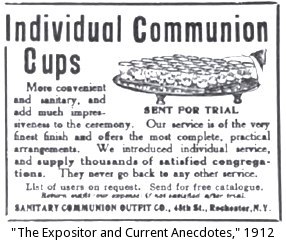
 Read Parts
Read Parts 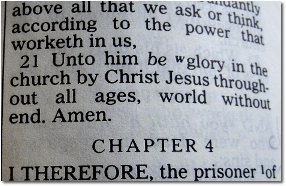 Reprinted with permission from
Reprinted with permission from 
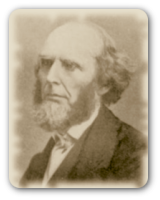 First appeared at SharperIron on June 11, 2005. Original post and discussion are available
First appeared at SharperIron on June 11, 2005. Original post and discussion are available 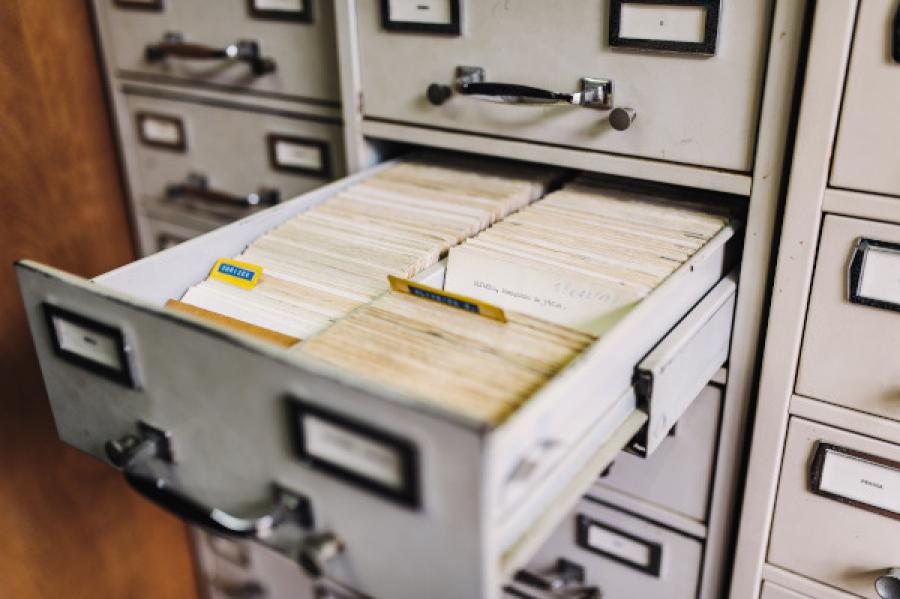
Discussion